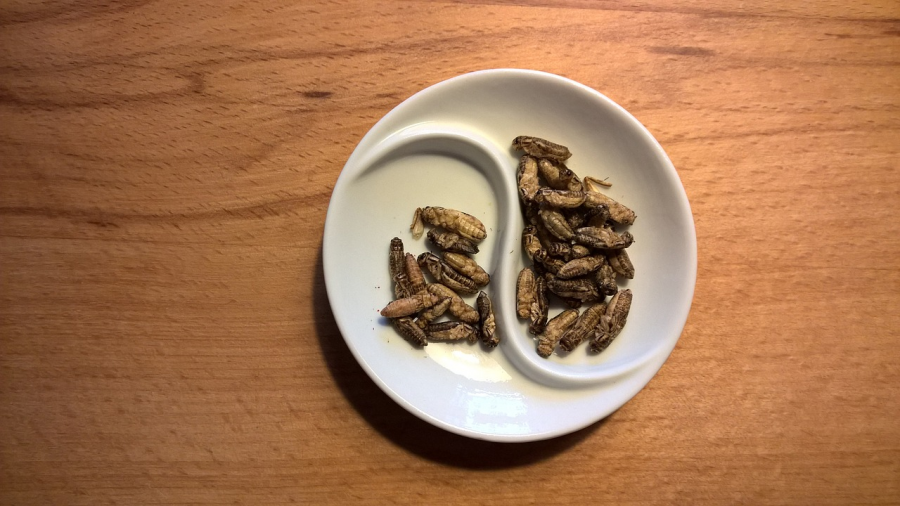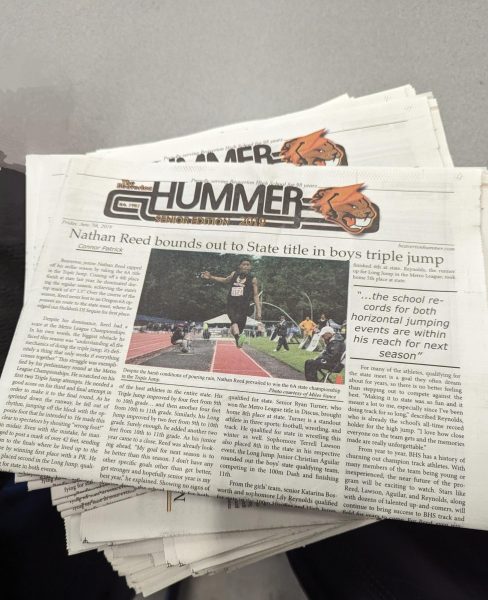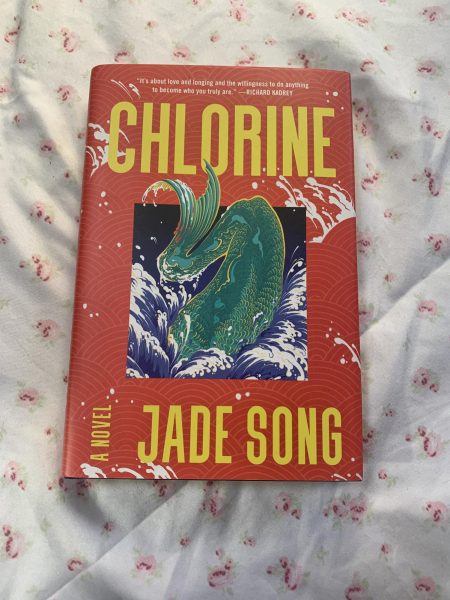Why not eat crickets—or all bugs?
Some fear them, others eat them. Maybe you’re one of the few people in the US that has tried a bug before. If not, maybe you’re curious and want to know more—and for that, here’s an imaginary pat on the back. But as of today, with the exponential surge of greenhouse gas output and skyrocketing food prices, bugs may be our only hope for survival. Here’s why.
#1: 80% of the world’s population eats bugs.
It may come as a surprise that the US is in the minority when it comes to eating bug-based meals. Several leading consumers of these tasty critters include Mexico, Japan, China, and Central Africa.
#2: Bugs are sustainable snacks.
A growing trend in the US is the realization that bugs have massive potential in the realm of farming and mass production. Their size makes them easy to fit thousands of crawling critters into shelf enclosures, and their need for food and water is astronomically small compared to the land, water, and food needs of any cow or chicken—reducing their carbon footprint.
#3: Less is more.
Let’s say that you need an animal or insect that can become bulky without breaking the bank. To build 1 kg of body mass, a cow needs to eat 8 kg of feed. On the other hand, a single cricket only requires 2 kg of feed to gain the same amount of body mass. For a farmer, this can save thousands on feed and water and lower the cost for a pound of crickets at the supermarket!
#4: Crickets have more nutritional value than cows.
For every 100 grams of pure crickets, there are 31 grams of protein, 8.1 grams of fat, and 7.2 grams of fiber. Beef lacks the same amount of protein and fiber of crickets while coming with a hefty 11.2 grams of fat per 100-gram serving. Crickets challenge beef nutritionally in a world of healthy eating and spontaneous diets. The next time you check Instagram, there could be a trendy new insect-filled diet!
#5: Crickets taste great.
Various bloggers have stated that unflavored crickets taste like a variety of nuts, and even chicken. I myself have tasted several crickets (specifically the Hotlix variety—more on them later) which had a pleasant sunflower seed-like taste to them. But for each person, the flavor can vary from nuts to chicken to the flavor of its seasoning. With a variety of seasonings and spices, chefs and at-home cooks can alter the original light flavor of the crickets to taste whatever way they prefer.
Go against the norm.
American culture has convinced us for too long that bugs are dirty, uncivilized, and fiends of food. Now is the time to go out and try quality farmed crickets, mealworms, and ants. Who knows—you might even realize that they aren’t as bad as people say.
The culinary exploration of this new food medium has taken flight, with various American companies farming bugs to produce lines of tasty snacks and meals. The California-based company Hotlix has a stock of Insect Suckers, BBQ Worms, Salt N’ Vinegar Cricket Snacks, and more up for grabs at hotlix.com.
Want to shop local? At cricketflours.com, you can find Portland’s premier cricket flour seller. It can be used for a variety of dishes, from the website’s own Cricket Flours Protein Pancakes to their Spicy Omelettes and delectable Chocolate Espresso Banana Bread.
Even if you squirm at the sight of insects on a plate, know that insect dining is a cultural phenomenon that has been occurring for thousands of years and continues in various countries today. If others around the world can embrace the flavor of insects, why not us?
Sources
Arnarson, Atli. “Beef 101: Nutrition Facts and Health Effects.” Healthline, Red Ventures, 4 Apr. 2019, www.healthline.com/nutrition/foods/beef#benefits.
“Bugs for Dinner?” PBS, Public Broadcasting Service, 7 May 2012, www.pbs.org/newshour/science/bugs-for-dinner.
Chen, Xiaoming, et al. “Common Edible Insects and Their Utilization in China.” Wiley Online Library, John Wiley & Sons, Ltd (10.1111), 17 Sept. 2009, onlinelibrary.wiley.com/doi/pdf/10.1111/j.1748-5967.2009.00237.x.
Entomophagist. “Edible Insect Nutrition Information.” Edible Insects, 27 Sept. 2019, www.edibleinsects.com/insect-nutrition-information/.
Image from Needpix. Insects sit on a white plate.

Cassidy is a senior at Beaverton High School. She writes for The Hummer and considers herself the queen of puns.



![Social Media has contributed to the rise of the incel movement [Photo via Wikimedia Commons under Creative Commons license].](https://beavertonhummer.com/wp-content/uploads/2025/02/Man_on_a_smartphone_Unsplash-600x400.jpg)

!["About The Weather" was released in 2023 as the first album by Portland emo band, Mauve. [About The Weather Album Cover]](https://beavertonhummer.com/wp-content/uploads/2024/05/AboutTheWeather.jpg)
